
| IPCC: It was set up in 1988 by the World Meteorological Organization (WMO) and United Nations Environment Programme (UNEP) to provide policymakers with regular assessments of the scientific basis of climate change, its impacts and future risks, and options for adaptation and mitigation.
CBD: It is the international legal instrument for “the conservation of biological diversity, the sustainable use of its components and the fair and equitable sharing of the benefits arising out of the utilization of genetic resources” that has been ratified by 196 nations, India is a member of CBD. IPBES: It is an independent intergovernmental body established by States to strengthen the science-policy interface for biodiversity and ecosystem services for the conservation and sustainable use of biodiversity, long-term human well-being and sustainable development. |
|---|
Source: Down to Earth
| Prelims Question (2017)
1. TRAFFIC is a bureau under United Nations Environment Programme (UNEP). 2. The mission of TRAFFIC is to ensure that trade in wild plants and animals is not a threat to the conservation of nature. Which of the above statements is/are correct? (a) 1 only (b) 2 only (c) Both 1 and 2 (d) Neither 1 nor 2 Ans: (b) |
|---|
| Starred |
|
| Unstarred |
|
| Short-notice questions |
|
| Questions addressed to private Members |
|
Source: Indian Express
| Prelims Question (2017)
The Parliament of India exercises control over the functions of the Council of Ministers through 1. Adjournment motion 2. Question hour 3. Supplementary questions Select the correct answer using the code given below: (a) 1 only (b) 2 and 3 only (c) 1 and 3 only (d) 1, 2 and 3 Ans: (d) |
|---|
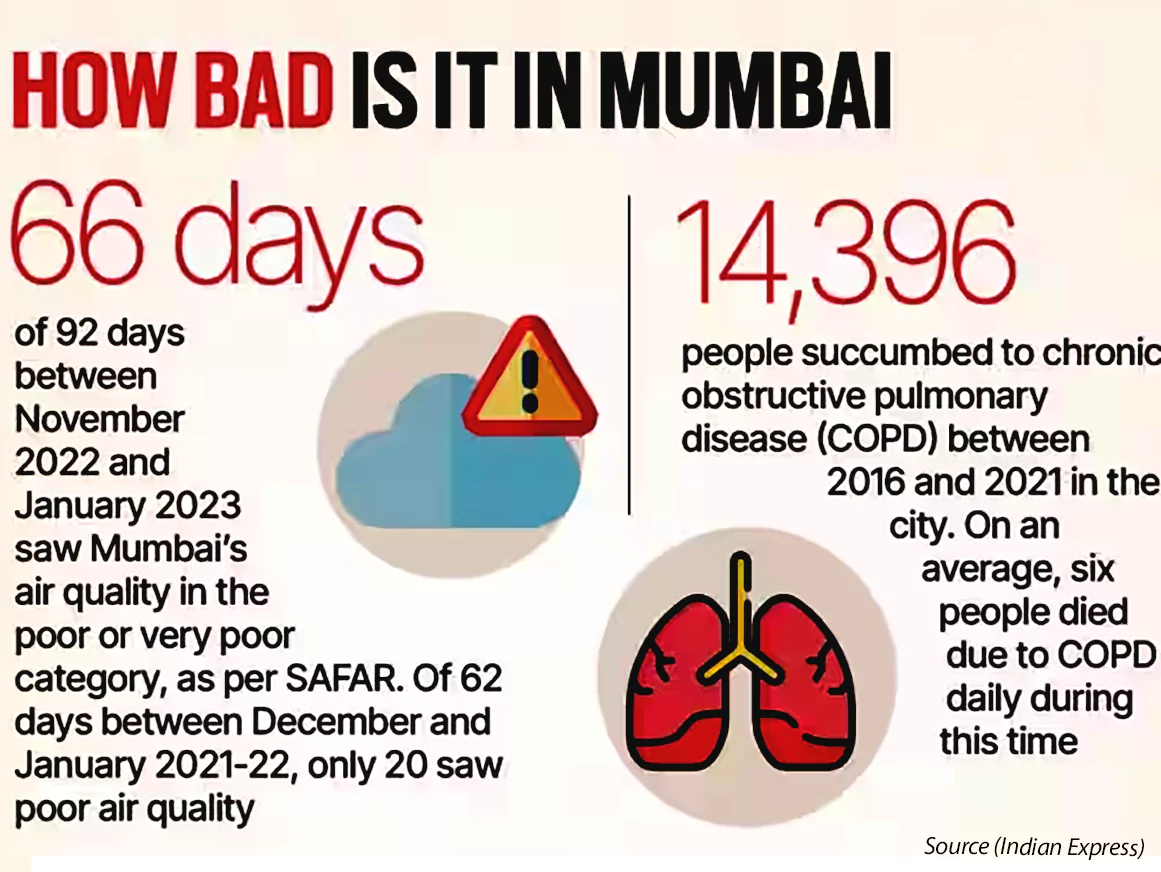
What is the National Air Quality Index?
|
Source: Indian Express
| Prelims Question (2016)
In the cities of our country, which among the following atmospheric gases are normally considered in calculating the value of Air Quality Index? 1. Carbon dioxide 2. Carbon monoxide 3. Nitrogen dioxide 4. Sulfur dioxide 5. Methane Select the correct answer using the code given below. (a) 1, 2 and 3 only (b) 2, 3 and 4 only (c) 1, 4 and 5 only (d) 1, 2, 3, 4 and 5 Ans: (b) |
|---|
International Humanitarian law (IHL): International humanitarian law is also known as the law of war or the law of armed conflict.
Geneva Conventions of 1949
War crimes
|
The Rome Statute of the International Criminal Court is the treaty that established the International Criminal Court (ICC). It was adopted in July 1998 and entered into force in July 2002.
|
|---|
Source: Indian Express
| Relevancy for Prelims: AI in Defence, Border Security and Surveillance, Unmanned Aerial Vehicle (UAV), RADAR, AGNI-D surveillance software, and WARDEC.
Relevancy for Mains: What is Ai and Role of AI in Defence sector, and What significance and concerns are related to the AI in defence sector. |
|---|
Increasing Deployment of AI in Defence sector
|
|---|
Also read: Security Challenges and their management in Border Areas
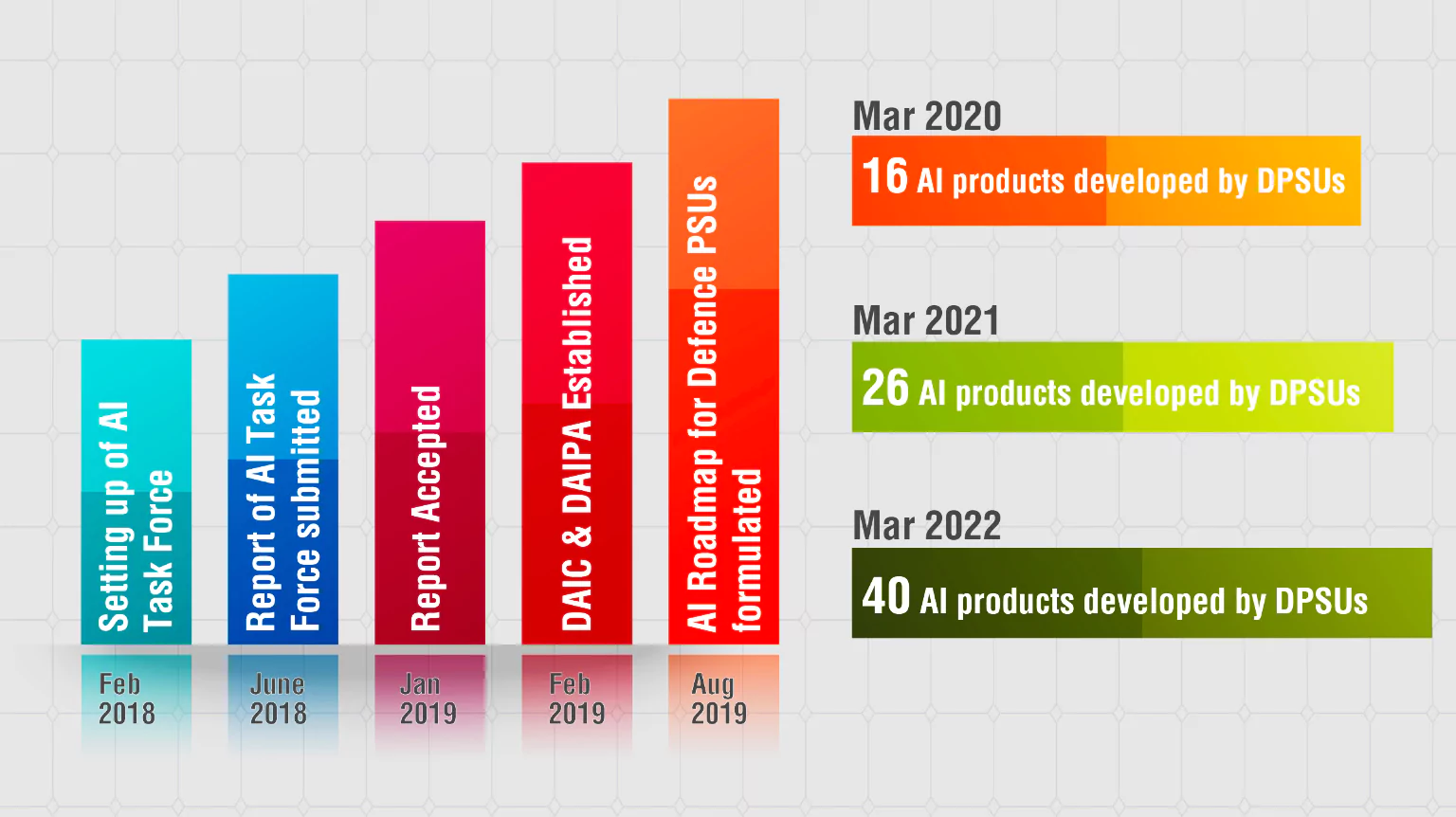
Task Force For Implementation of AI
Key Recommendations
|
|---|
Also read: Hamas Attack on Israel: Lessons For India to Learn
Deploying AI in defence, the Indian Army has integrated 140 AI-based surveillance systems along its borders with Pakistan and China, utilizing high-resolution cameras, sensors, UAV feeds, and radar feeds. These systems analyze data to detect intrusions, classify targets, and bolster border security, showcasing AI’s transformative role in real-time monitoring, military simulators, and intelligence surveillance.
| Prelims Question (2020)
With the print state of development, Artificial Intelligence can effectively do which of the following? 1. Bring down electricity consumption in industrial units 2. Create meaningful short stories and songs 3. Disease diagnosis 4. Text-to-Speech Conversion 5. Wireless transmission of electrical energy Select the correct answer using the code given below: (a) 1, 2, 3 and 5 only (b) 1, 3 and 4 only (c) 2, 4 and 5 only (d) 1, 2, 3, 4 and 5 Ans: (d) |
|---|
| Relevancy for Prelims: Third Belt and Road Forum, Belt and Road Initiative, China–Pakistan Economic Corridor (CPEC) World Bank, and India-Middle East-Europe Corridor.
Relevancy for Mains: China’s Belt and Road Initiative (BRI), its objective, related concerns, India’s stand, and what are alternatives suggested to this BRI. |
|---|
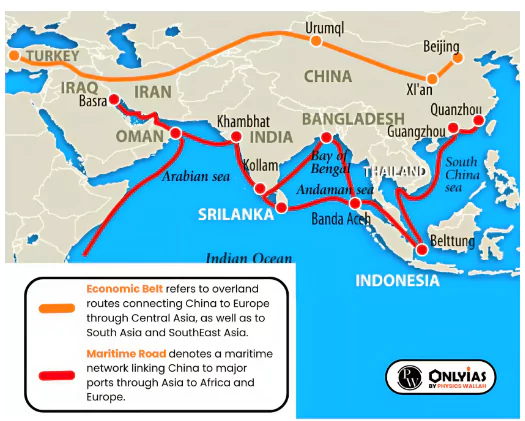
What is India’s stand on China’s Belt and Road Initiative?
|
|---|
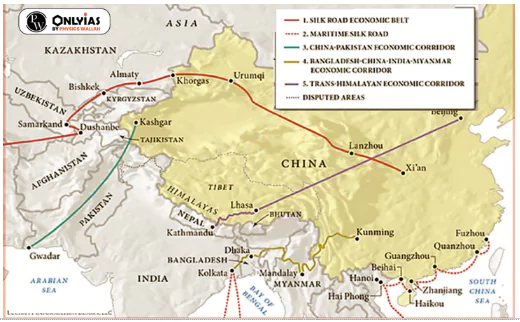
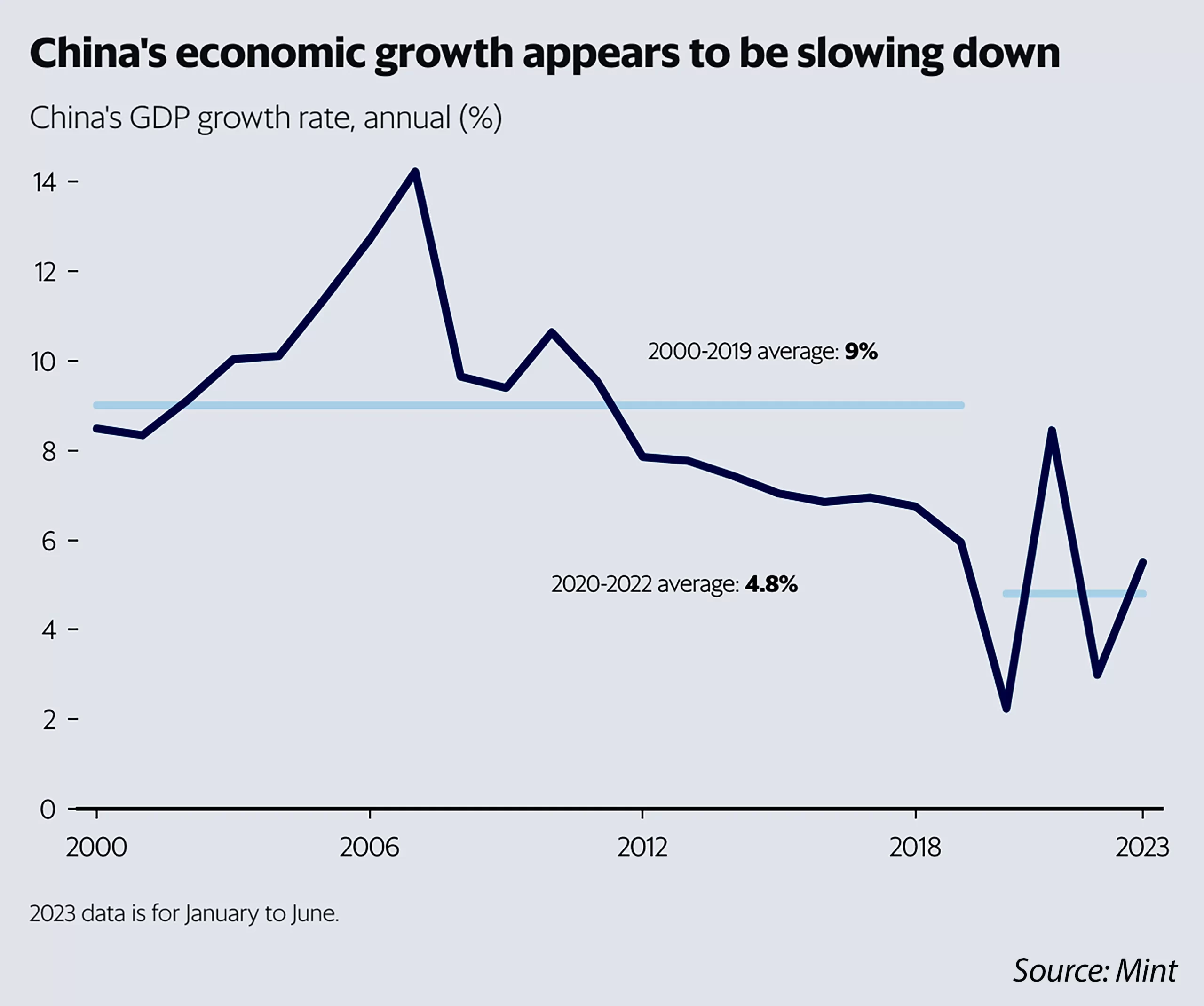
What are the alternatives to China’s Belt and Road Initiative?
|
|---|
Also read: India-China Relationship
Through Belt and Road Initiative, China has established an investment network to safeguard its interests which has resulted in many low- and middle-income nations accumulating significant debts. In response, global initiatives such as PGII, Global Gateway need to be prioritized for more inclusive and sustainable development.
| Prelims Question (2016)
‘Belt and Road Initiative’ is sometimes mentioned in the news in the context of the affairs of (a) African Union (b) Brazil (c) European Union (d) China Ans: (d) |
|---|
| Mains Question: Examine the concerns and impacts associated with China’s Belt and Road Initiative, which has expanded itself from being just an infrastructural project. (250 words, 15 Marks) |
|---|
SC Verdict on Newsclick Shows Adherence to Due Pro...
Stay Invested: On Chabahar and India-Iran Relation...
Credit Rating Agencies, Impact on India’s De...
Catapulting Indian Biopharma Industry
Globalisation Under Threat, US Import Tariffs Have...
Global Report on Hypertension, Global Insights and...
<div class="new-fform">
</div>
